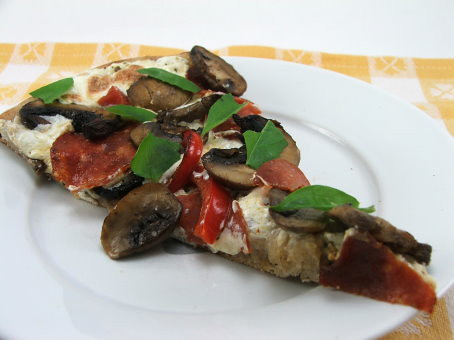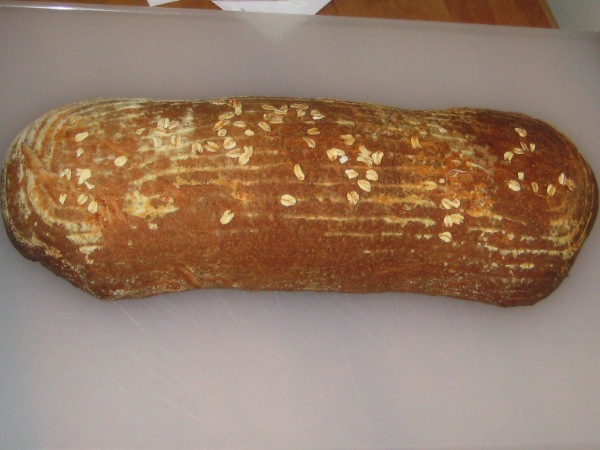Grilled Mushroom and Ricotta Pizza on Sourdough Wheat Crust
Posted on EvilShenanigans.com on 6/12/09
I have been on something of a pizza kick lately, and not those commercially prepared pies with flavorless cheese and mushy veggies.
- Log in or register to post comments
- 3 comments
- View post
- gothicgirl's Blog





